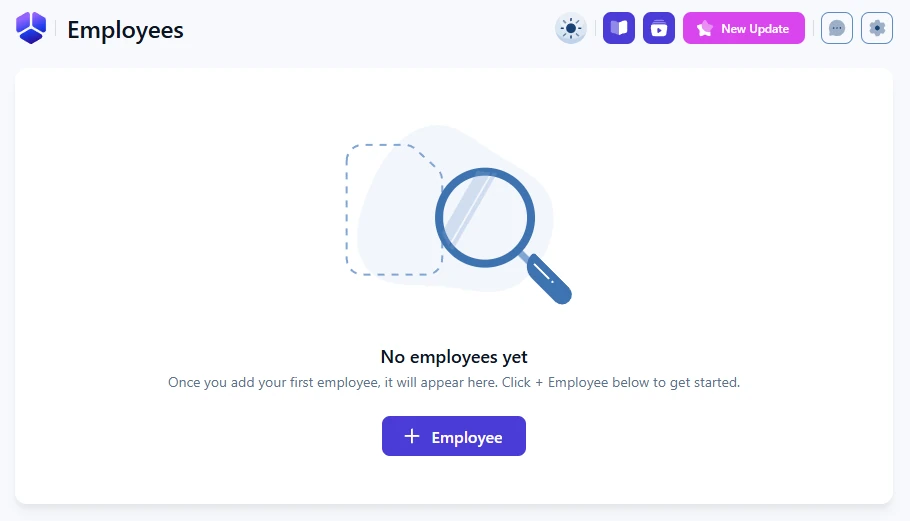What are employees in Amelia
Employees represent the people who provide your services and accept appointments in Amelia. Every service-based booking in Amelia is performed by an employee, which means at least one employee must exist for services to be bookable.
Employees are not required for events.
Why are employees required for services?
Amelia is built around the idea that services are always delivered by a person. Because of that, services cannot be booked unless at least one employee is created and assigned to them. This allows Amelia to manage availability, working hours, breaks, days off, locations, and appointment limits on a per-person level.
If your business has only one employee and you prefer not to display them on the front end, there is nothing to configure. When only one employee exists, Amelia automatically hides employee selection on booking forms and assigns all bookings to that employee.
What happens when no employees exist?
On a fresh installation, the Employees page opens in an empty state. You will see a short message explaining that no employees exist yet and a + Employee button placed in the center of the screen. This is your starting point for creating your first employee.

What changes after the first employee is created?
As soon as your first employee is saved, the page automatically reloads into the employees list view. From that moment on, the + Employee button moves to the top-right corner, and the helper text is no longer shown. All further employee management is done from this list view.

How is the employee creation screen organized?
When you click + Employee, the page switches into the full employee creation interface. This interface is organized into several tabs that guide you through all configuration steps, including employee details, services, work hours, availability exceptions, and integrations.
Each of these areas is covered in its own dedicated documentation page so you can configure employees step by step without missing important details.